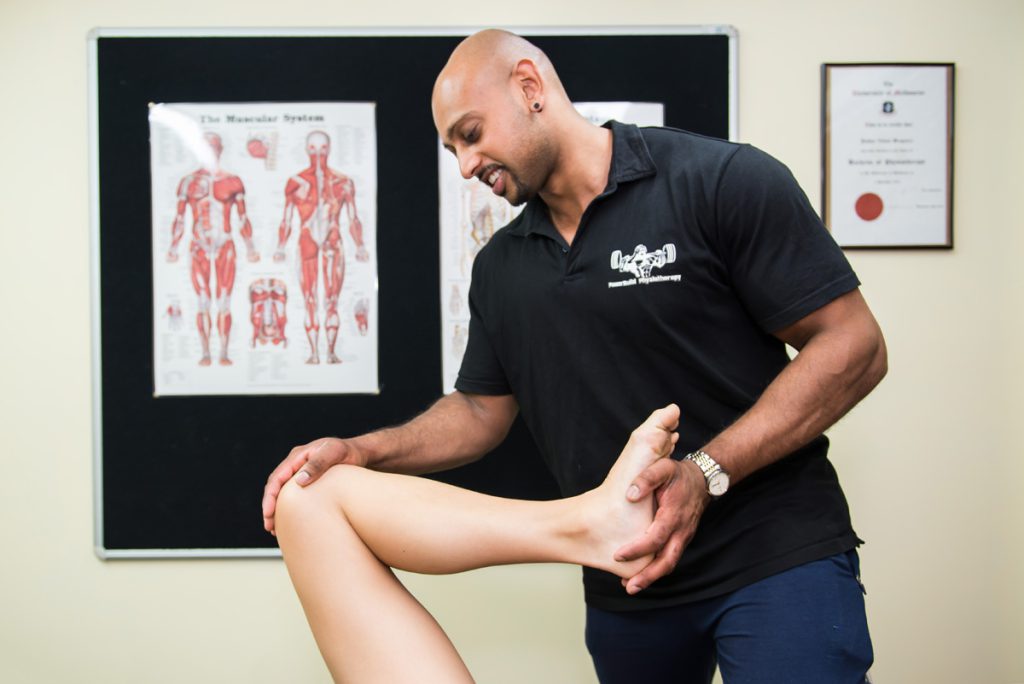
Patellafemoral pain syndrome (PFPS), also known as runner’s knee, is a common knee pain that affects people of all ages and activity levels. It is caused by inflammation and irritation of the kneecap (patella).
The pain is usually felt in the front of the knee and it can be worse when going up or down stairs, squatting or kneeling. In some cases, the pain can be so severe that it makes it difficult to walk.

There are a number of things that can cause PFPS, including:
- Overuse: Patellafemoral pain syndrome is often caused by overuse of the knee, such as from running, jumping or playing sports.
- Weak or tight muscles: Weak or tight muscles around the knee can also contribute to PFPS.
- Improper alignment of the kneecap: The kneecap may be misaligned, which can put stress on the knee joint and lead to pain.
- Injury: A previous knee injury, such as a ligament tear or meniscus tear, can increase your risk of developing PFPS.
The good news is that PFPS is usually treatable. The most common treatment is physiotherapy, which can help to strengthen the muscles around the knee and improve the alignment of the kneecap. Other treatments that may be helpful include:
- Rest: Avoiding or reducing activities that aggravate the pain can help to give the knee time to heal.
- Ice: Applying ice to the knee for 20 minutes at a time can help to reduce inflammation and pain.
- Compression: Wearing a knee brace or compression sleeve can help to support the knee and reduce pain.
- Medication: Over-the-counter pain relievers or anti-inflammatories, such as ibuprofen or naproxen, can help to reduce pain and inflammation. In some cases, your doctor may prescribe stronger medication. However, you should avoid taking these long term.
If you are experiencing pain in your knee, it is important to see a physiotherapist to get a diagnosis and treatment. Early treatment can help to prevent the pain from becoming chronic.

Here are some tips to help prevent PFPS:
- Warm up before exercising.
- Cool down after exercising.
- Stretch the muscles around your knee regularly.
- Wear proper footwear for your activity level.
- If you have a history of knee pain, talk to your physiotherapist before starting a new exercise program.
By following these tips, you can help to keep your knees healthy and pain-free.
